Best Ab Exercises for Men
How the Fit3D Proscanner is the Future of Wellness Assessment
How to Calculate Vo2 Max
For athletes, finding ways to get stronger and better at what they do is part of the territory. There are all kinds of ways to improve athletic performance that comes down to tweaking how you train and exercise. This includes calculating your VO2 Max.
Doing so allows athletes to push themselves to the next level for their next game, match, meet, or simply their own personal goals. This post will focus on what Vo2 max is, why it matters for athletes, and how you can calculate it to learn about your body and how understanding this measurement can lead to physical improvements.
What is Vo2 Max?
In its simplest terms, one's Vo2 max is the measurement of their body's ability to consume oxygen. To be clear, this does not mean one's natural ability to consume oxygen, but a measurement of the different things that affect how the body takes in oxygen.
For example, the number of red blood cells you have affects your Vo2 max measurement. In addition to this, other factors such as how your muscles react to distance running and how much blood your heart can pump in a minute may also affect your final Vo2 max reading.
To learn your own Vo2 max measurement, there is a test you can take. This test is often conducted in a laboratory as a controlled environment is needed for pure results.
How Do You Calculate VO2 Max?
To calculate your Vo2 max, you must first take the test mentioned above. The test is conducted as follows:
The patient is hooked up to a breathing mask while they simultaneously undergo a treadmill test. It should be noted that Vo2 max tests can be measured in different ways. For example, a cyclist would have their Vo2 max measured during a cycling test rather than a treadmill test. The main point is to get the heart rate up, which can be done either by running, jogging, walking, or cycling on a machine.
To accurately measure the Vo2 max, the test (treadmill or otherwise) becomes more and more difficult as time goes on. One's Vo2 max appears when their oxygen consumption red lines, or when they reach their limit. For runners, this point can come after they have reached their fastest pace. When it comes to the Vo2 max test, redlining means you are working extremely hard and your body is getting tired. Your heart rate is "maxed out," once again meaning that you have reached your limit. Once this limit is reached, the measurements begin.
To calculate your Vo2 max, a physiologist will utilize a formula that includes the rate of your oxygen consumption during the exercise as well as your body weight. The common formula is as follows:
Vo2 Max =
maximum milliliters of oxygen consumed in 1 minute ________________________________
body weight in kilograms
In addition to this formula, there is another alternative formula for calculating one's Vo2 max:
Vo2 Max = 15.3 x (MHR/RHR)
MHR = Maximum heart rate. This number is actually the number of beats over the number of minutes, or the number of beats in 20 seconds multiplied by 3.
RHR = Resting heart rate. The number is also found by dividing beats by minute or number of beats in 20 seconds multiplied by three.
For a more in-depth look at the formulas and calculations, read here. In short, your Vo2 max is the number that expresses just how much oxygen you consume when exercising your hardest. As far as the results of the test go, a score between 30 and 60 is considered average.
It is best to have a Vo2 max test conducted by a professional as you cannot get an accurate reading without measuring ventilation, oxygen, and carbon dioxide concentration of both inhaled and exhaled air.
The factors cannot be measured on your own or by a friend - you need someone who knows what they are doing on a professional level.
If you are in a pinch, however, you can also measure your Vo2 max by using past results from races, from doing a Balke Test, or a Beep Test. The different tests correspond to the type of exercise you usually do.
Why Does it Matter?
Now that you have your Vo2 max number, what do you do it with it? How do you know which number is good and which one is bad? In short, the higher your Vo2 max number (meaning the closer it is to 60), the better it is.
When your number is high, it means you can take in a lot of oxygen and deliver that oxygen to your muscles. The more oxygen your muscles have, the better you can perform: you can run faster, cycle harder, and give more effort overall.
For young adults (men and women in their 20s), the average number was 51 or higher for men, and 44 or higher for women. The older an athlete gets, their number tends to decrease.
With this in mind, it should be noted that a high or low Vo2 number is not the end of the road. You can actually increase your Vo2 max number for better performance in your sport of choice.
Increasing your Vo2 max is known as Vo2 max training and is best executed by interval training. This simply means doing short endurance and distance tests for runners and cyclists, or the equivalent for other sports.
One great thing about exercise and fitness is that there is always room for improvement. For runners and cyclists, this is often measured by getting faster and going further per session. As your fitness level increases so does your Vo2 max, and so does your health overall.
Here it is important to note that just because you have a high Vo2 max number, it does not mean that you are the best athlete. Your fitness level must be taken into account. As with the Vo2 max measurement, there are many factors affecting your fitness level.
Fitness and Your Vo2 Max
Improving your Vo2 max is synonymous with improving your fitness. With this in mind, think about what you would naturally do to improve your health, endurance, and overall performance.
Here are some things you can do to improve your fitness level:
Improve Your Diet: Eat the foods that fuel your body. Different diets work for different people. Some runners carbo load while others tend to eat a lot of protein.
It may take some tweaking to find the right diet for you, but you can never go wrong with a balance of rich, leafy greens, pure protein from meat, nuts, or cheese, fiber from multi grains and bread, and sugars from fruits. Sometimes going back to basics can work wonders!
Find an Exercise Routine You'll Stick With: Improving your fitness starts with pushing your endurance. To take yourself to the next level, you need to find a routine you stick with.
This could be something like doing strength training, doing sprint, cycling short distances, swimming laps, or something of your own devising.
Drink Plenty of Water: When building your strength and fitness level, you need to stay hydrated. Proper hydration helps your muscles, your energy levels, your heart rate, and many other functions besides. Be sure that you have plenty of water handy at all times.
Get Plenty of Sleep: As you train yourself, you need to get plenty of sleep every night. When exercising and training, it can take a serious toll on your muscles resulting in soreness, sprains, and widespread pain.
When you sleep, your body is able to repair the necessary damage done to your muscles during the day and during training. If you don't get enough sleep, you don't give your body the time it needs to recover, which can stagnate your progress.
Set Goals for Yourself: Finally, set goals for yourself! Increasing your Vo2 max will take time of intentional, steady work. With this in mind, utilize your time by setting weekly or monthly goals for yourself and working to push your body for those specific goals, not the end goal of a higher Vo2 max number. Cut the bigger picture down into smaller pieces, and work with them!
Calculating your Vo2 max is a great place to start for improving your fitness level and your endurance. Taking the Vo2 max test can reveal much for athletes, alerting them to where they need to make improvements to make them better, faster, and stronger. Happy training!
BMR vs. RMR: Everything You Need to Know
For many people, BMR (Basal Metabolic Rate) and RMR (Resting Metabolic Rate) are synonymous. Both titles refer to roughly the same concept, and so have very little difference in one's mind. The truth, however, is that BMR and RMR actually have differences that make a difference when it comes to watching your weight and counting your calories.
Understanding the difference between these two titles may not be the first step to understanding your body, but it is an important one nevertheless. Fortunately for you, we have compiled everything you need to know about your BMR and RMR as well as the differences between them.
The Similarities
Basal Metabolic Rate and Resting Metabolic Rate are used to estimate and ultimately measure the amount of calories one burns if they are at rest for 24 hours.
In short, these rates are used to figure out the minimum amount of energy necessary for a person's body to keep functioning at a healthy homeostasis: lungs breathing, heart beating, brain working, and a normal body temperature maintained. The rates are figured through a selfsame process, but this is where the similarities of BMR and RMR end.
Both BMR and RMR are measured using gas analysis through one of two ways: either direct or indirect calorimetry. RMR can also be estimated using a certain equation known as the Mifflin St. Jeor Equation. This equation takes sex, age, height, and weight into account.
Though they measure roughly the same thing, BMR is measured using more restrictive conditions, while RMR is measured under looser conditions. What's more, there are certain requirements that must be observed before taking a person's Basal Metabolic Rate.
With their Resting Metabolic Rate, no such requirements apply. The differences in the final measurements affect the final reading, giving way to the differences between the rates.
What is BMR?
One's Basal Metabolic Rate is the rate at which a living being (typically a human, but most all mammals apply) gives off heat while at complete rest. It is measured while the individual is awake, but completely at rest. In most cases and for the best results, the test is conducted in a darkened room after the person has just awakened from at least eight hours of sleep.
This is to ensure that the individual is at their most calm and rested. To ensure that the test subject has indeed achieved eight hours of rest, most individuals are required to spend the night in the testing facility.
In order to get accurate results and estimations, it is imperative that the individual does not exert any extra energy while they are undergoing their test. Any type of unnecessary exertion can ruin the readings, resulting in the test needing to be redone.
Most testing facilities have the individual recline so that they are resting completely. In addition, they are required to fast for 12 hours before they take the test. This is to ensure that not even their digestive system is working during the test.
Since the goal of the BMR is to find out how much energy is needed to keep the body functioning while at complete rest, the only energy that should be released during the test is what is needed to keep vital organs and functions going.
As a reminder, these functions are: maintaining a normal temperature, maintaining a regular heartbeat, and breathing normally.
What is RMR?
Resting Metabolic Rate is also known as Resting Energy Expenditure (REE). As the name implies, this test measures how much energy is required to keep the body in perfect homeostasis while asleep or resting.
Because this test is conducted while the individual is asleep, it is much less restrictive than the BMR test. It does not require the individual to sleep over at the testing facility, nor do they have to get at least eight hours of sleep before the test is conducted.
Like the BMR test, the RMR test requires the individual to rest while reclining for ultimate relaxation. The test can be conducted at any time of day and is usually done so after three or four hours of fasting.
Like the BMR test, the RMR test is designed to measure the amount of energy you burn in 24 hours while maintaining basic bodily functions such as breathing, heartbeats, and maintaining a normal temperature. The difference, however, is that the RMR reading also includes the number of calories burned while eating and doing light activities such as stretching, walking, going to the bathroom, etc.
Consider your around the house activities while having some time off or on a weekend and factor these into your RMR results. These are the small activities that the RMR takes into account.
The Difference in Calorie Estimation and How it Impacts Your Results
Once the tests have been conducted and the results have arrived, the final and biggest difference is revealed: how the calories are estimated. When the results are compared, RMR readings are usually a little higher than BMR readings. However, according to the National Research Council, the difference is almost always less than 10 percent.
It is most important to note, however, that most doctors find that your BMR is more accurate than your RMR. This is largely due to the restrictive procedure required to get a reading. Since the test is so controlled, there is no interference from other factors.
In short, the BMR test is just a purer reading and estimation of calories burned.
Factors That Affect Your RMR
Of course, there are many factors that can affect your RMR. These factors do not drastically change your metabolic rate, but they can alter the results and readings.
According to Body Building, these factors include:
Muscle Mass: The more muscles you have, the higher your Resting Metabolic Rate is. This is because you are always exerting more energy because you are likely using muscles that, on average, don't get much use.
Age: How old you are can affect your RMR. As you get older, your metabolism naturally slows down, making it harder to burn fat and calories. Due to this, your metabolism isn't working as hard even while at rest, resulting in a decreased RMR.
Genetics: Like all things, your genes can affect your metabolic rates. In the case of your RMR, your genetics can actually reduce the rate.
Weather: That's right, even the weather can affect your RMR. Most readings find that individuals living in a cold environment have an increased RMR. The cold is a major factor because those it causes you to exert more energy while doing simple, daily activities. Just moving around in the cold winter takes a lot of effort. When it is warmer, this problem is nonexistent since it takes a lot less effort to get going during the spring and summer.
Other factors may come into play for different people such as pregnancy, taking supplements, and even intense dieting. Bottom line, your RMR can be tweaked and changed by a number of factors, reinforcing the accuracy of your BMR.
Since so many things can ultimately affect your RMR reading, it is important to take the test results with a grain of salt or to seek another test a few times a month.
Takeaways
Whether you are looking to increase our fitness level or just learn about your body, knowing the difference between BMR and RMR is important and useful. These rates help you understand just how much energy your body is using and the number of calories being burned even when you are at your most rested.
Many individuals can get caught up in calorie burning during exercise, but the body is always working to keep itself healthy and stable. With this knowledge, you can hopefully face both exercise and downtime with a new perspective.


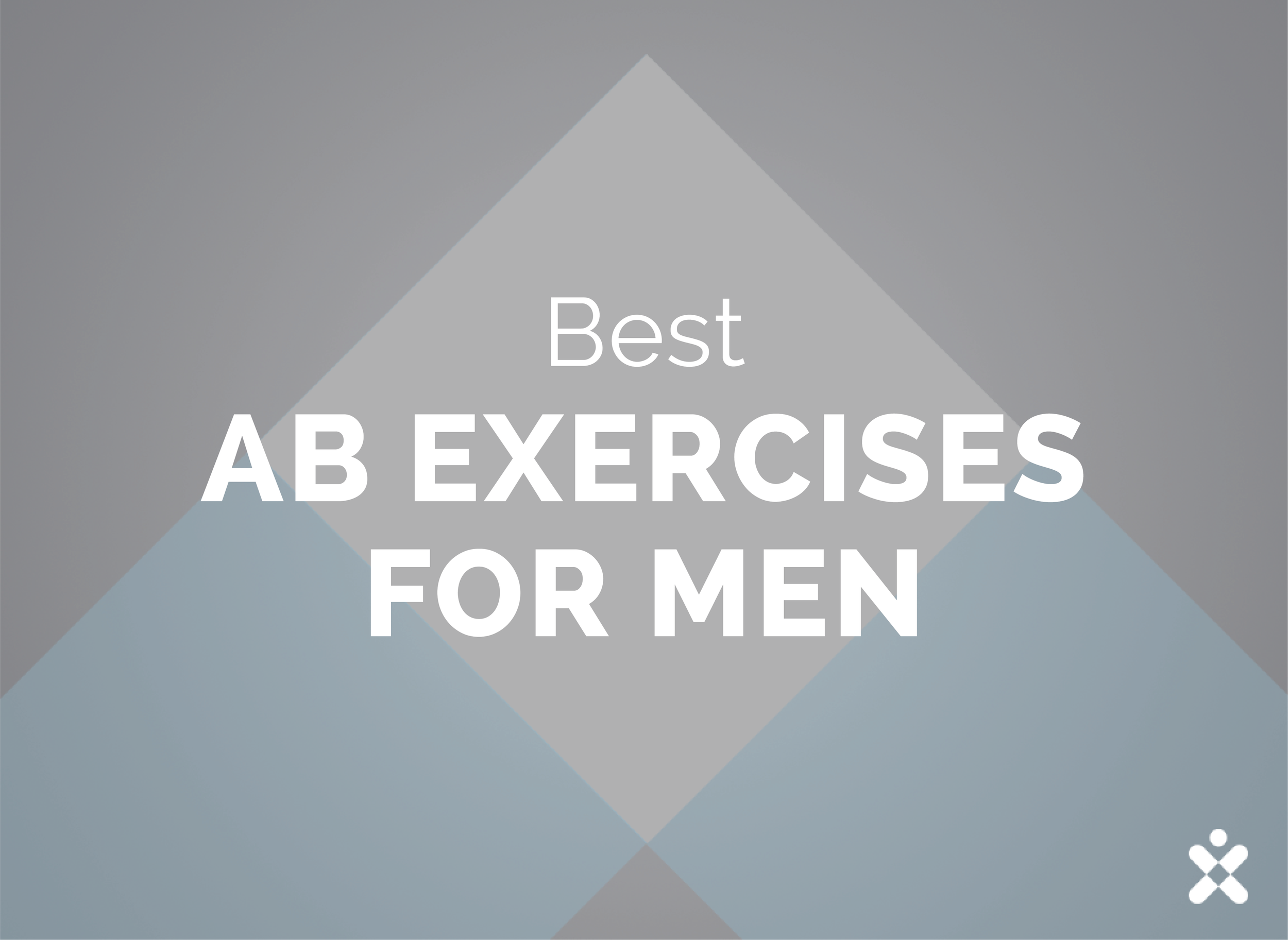
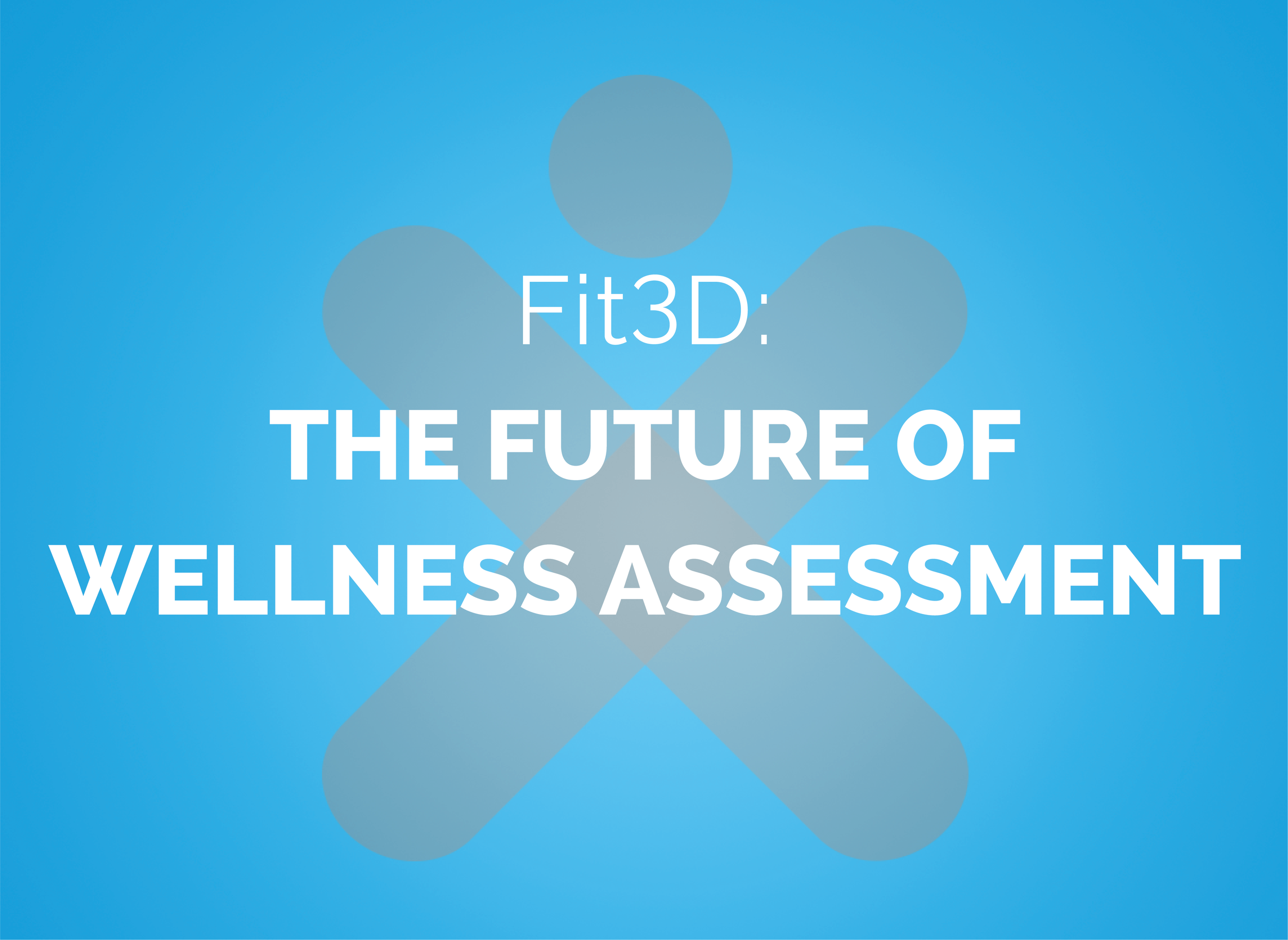






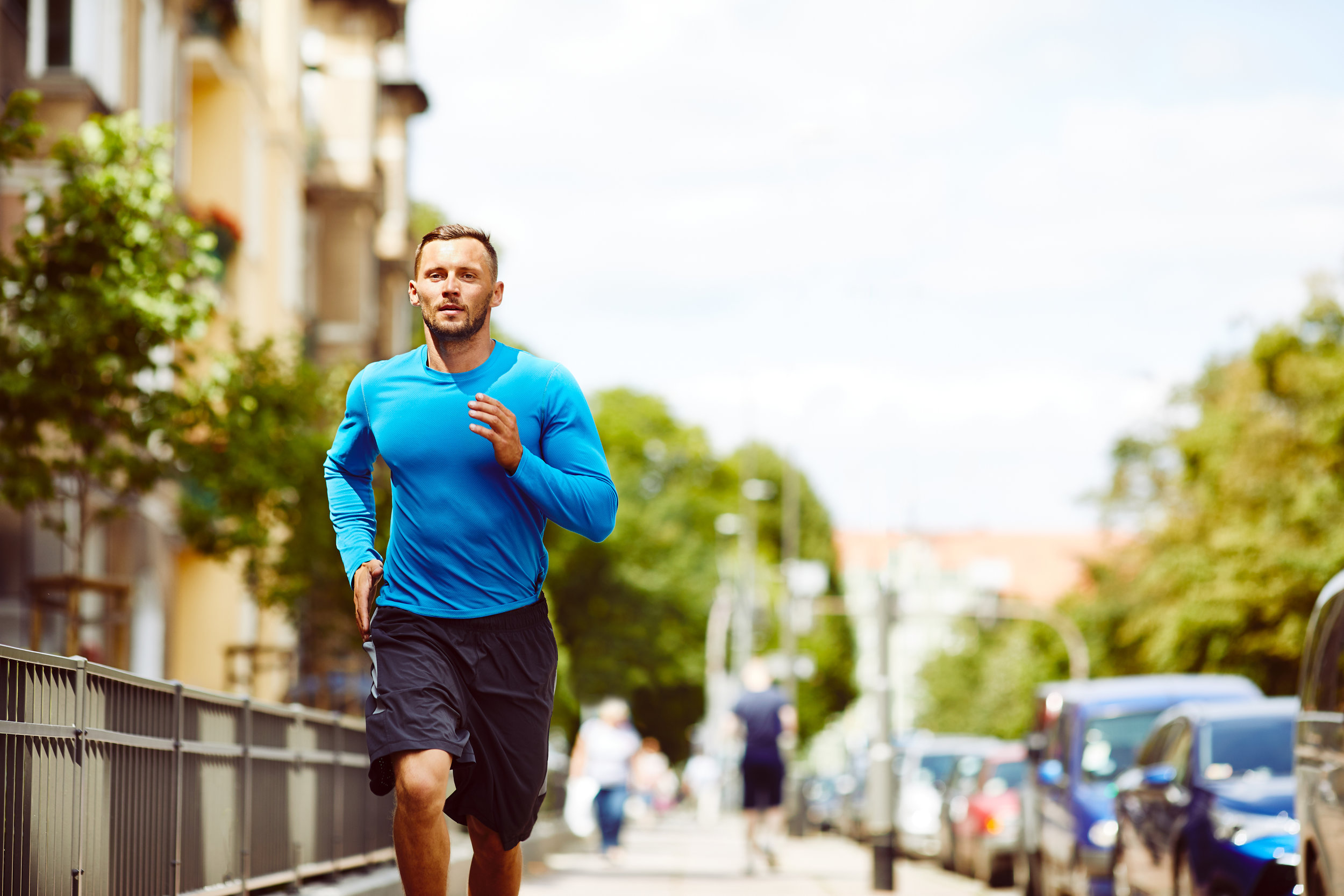
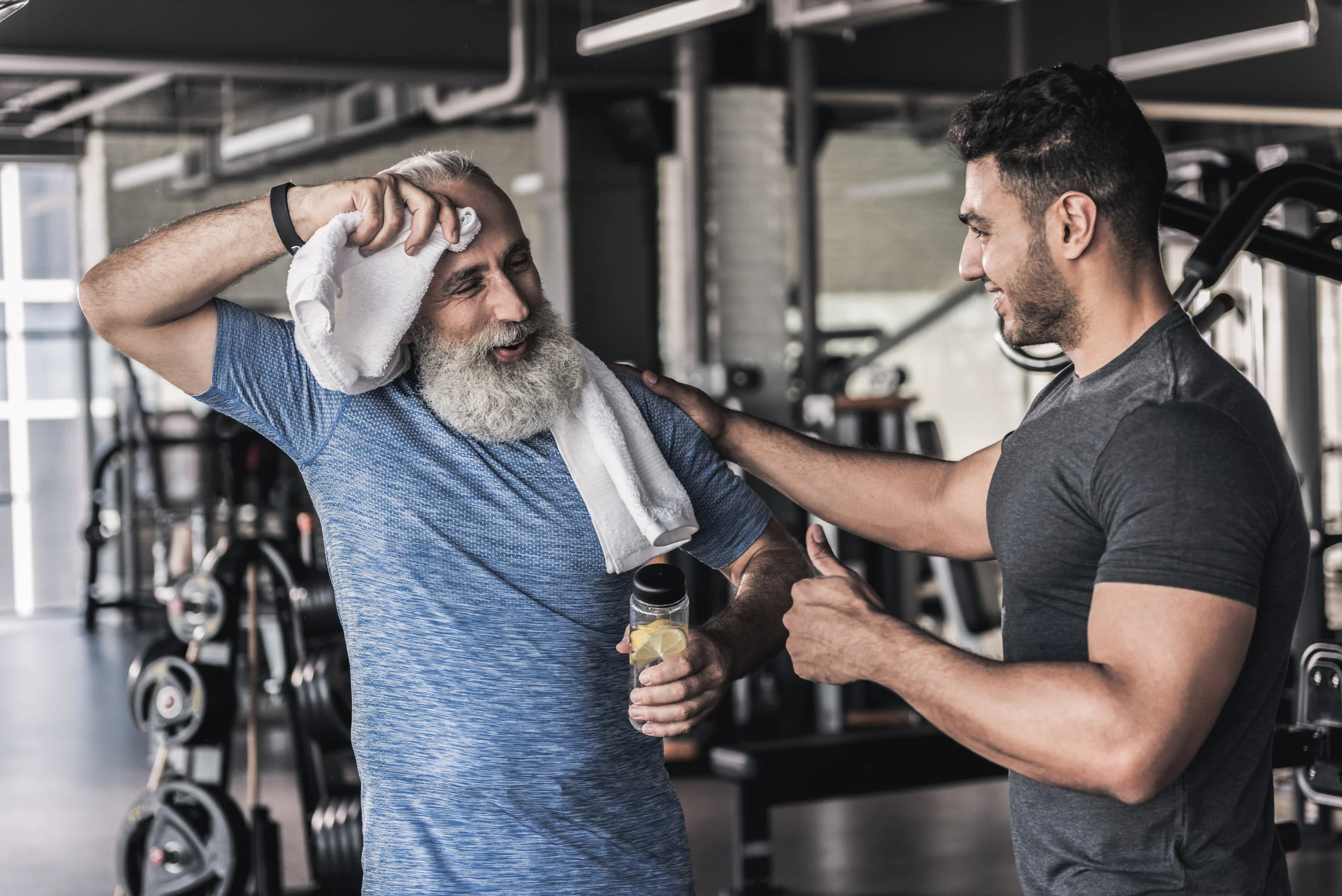
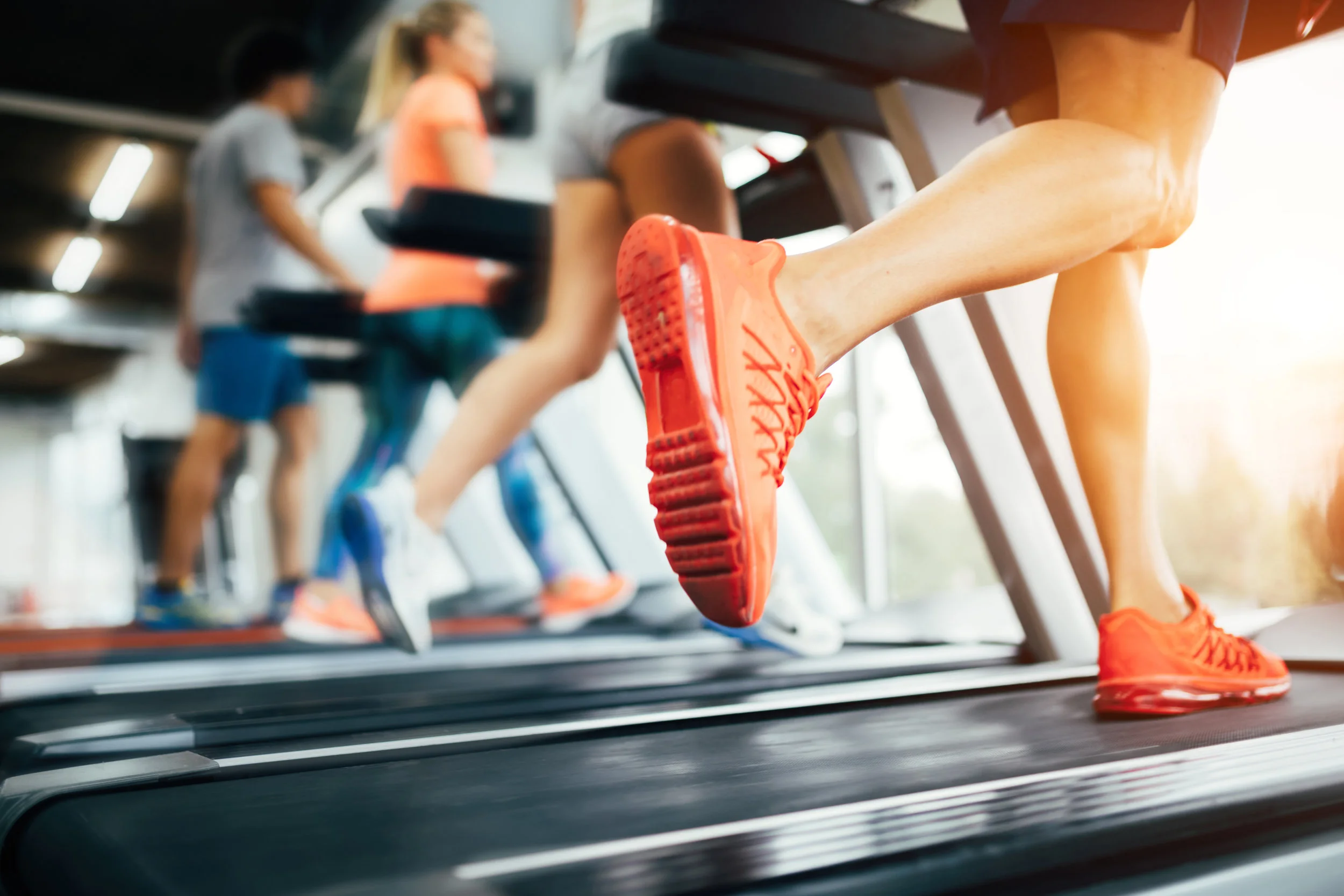
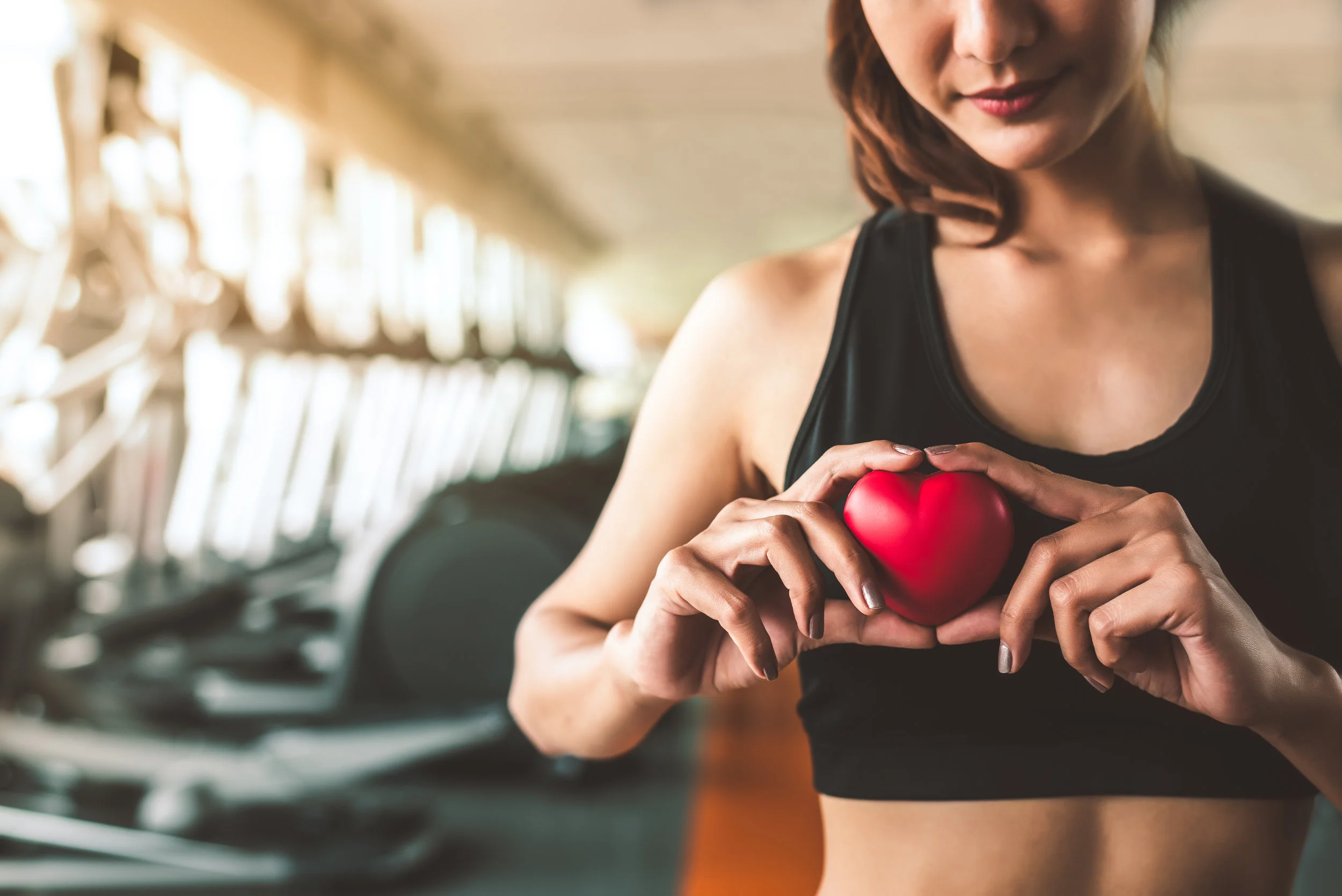
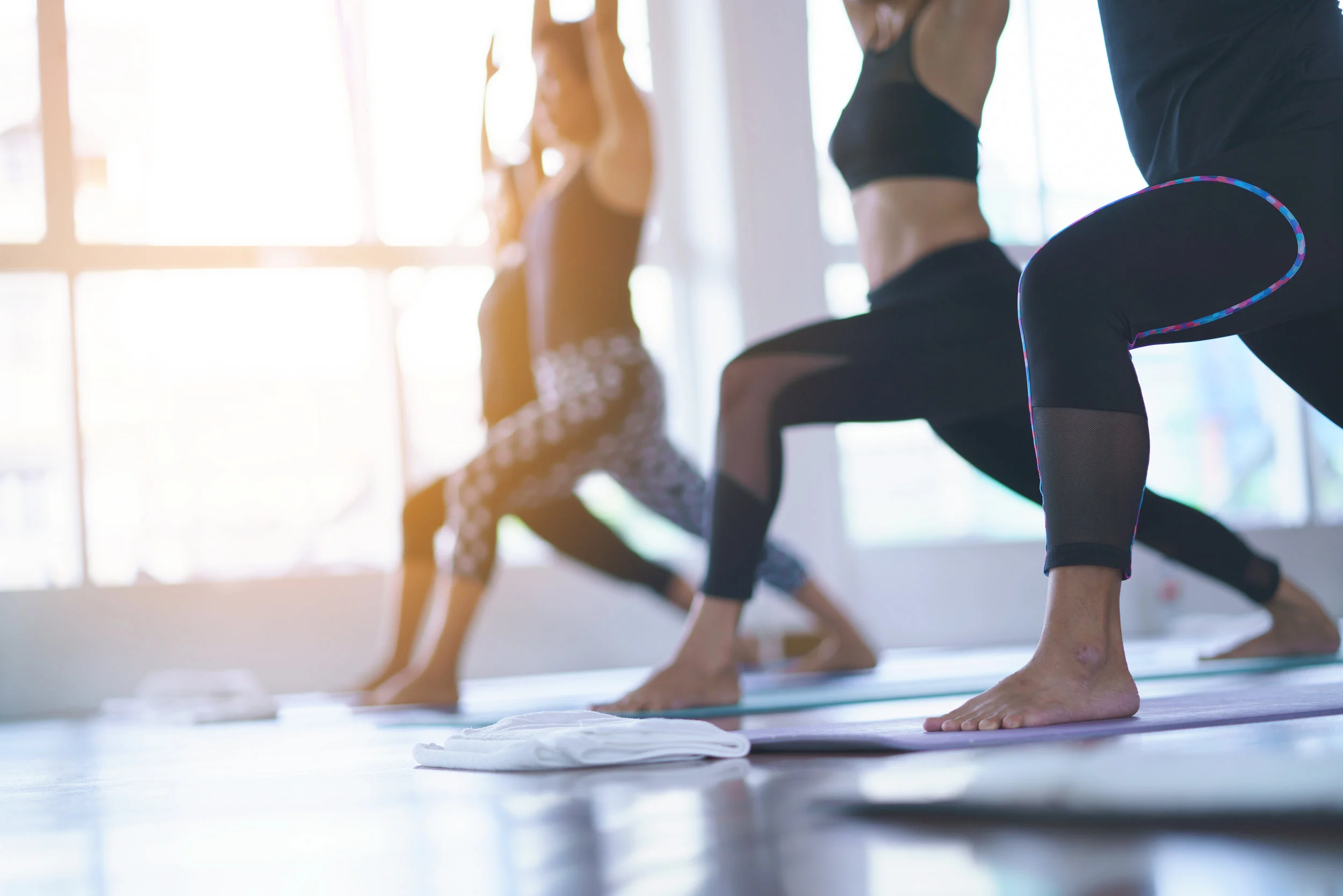
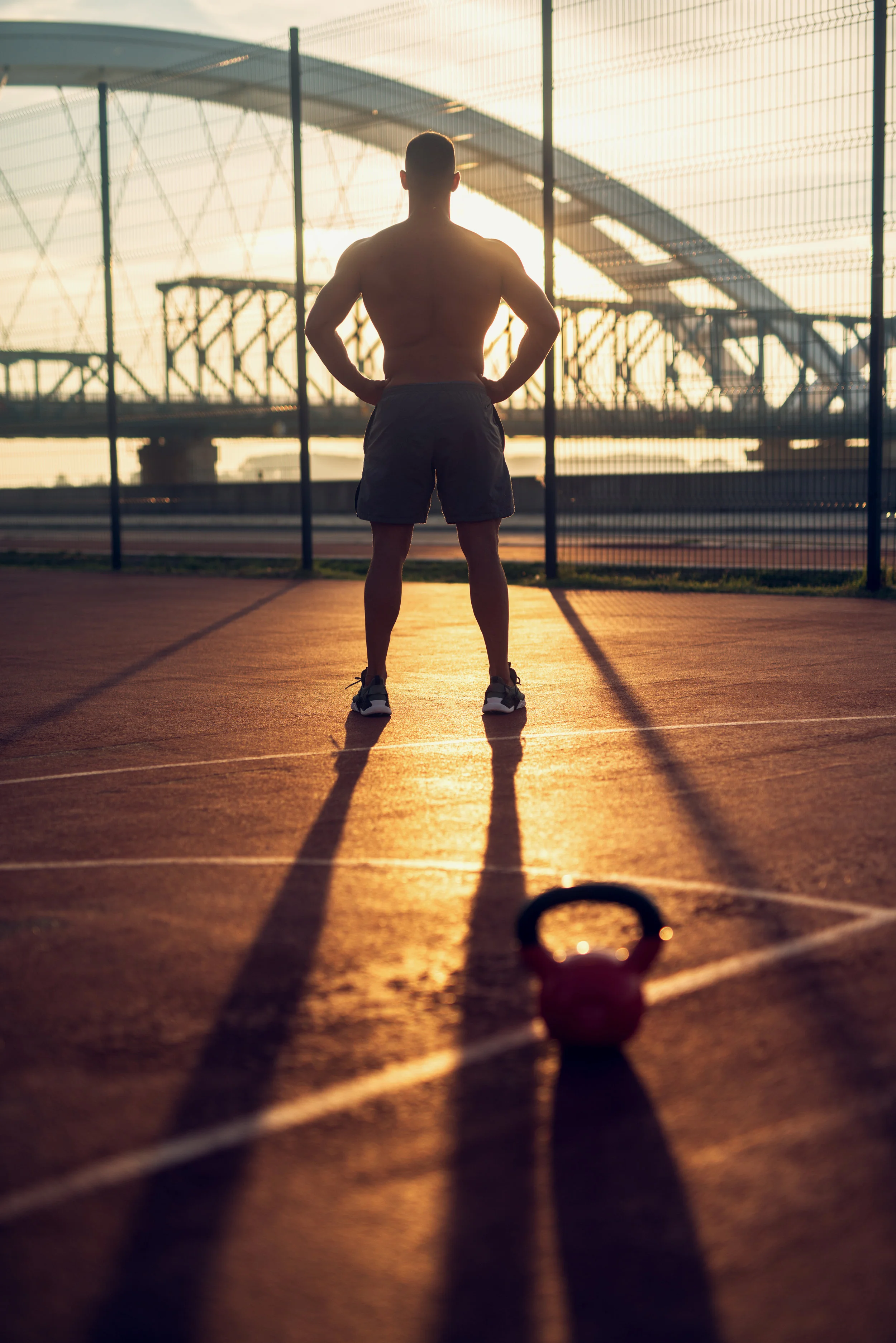







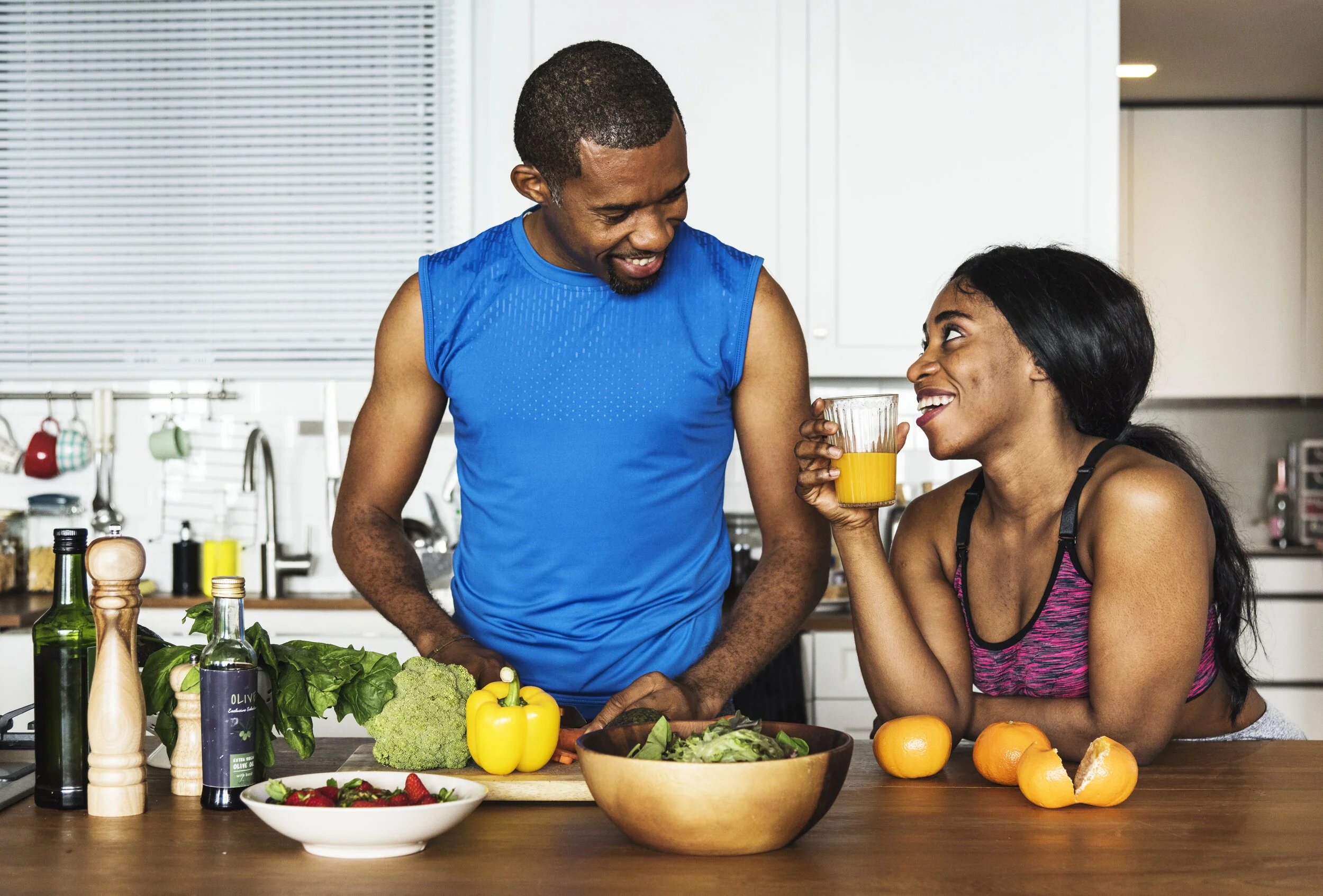
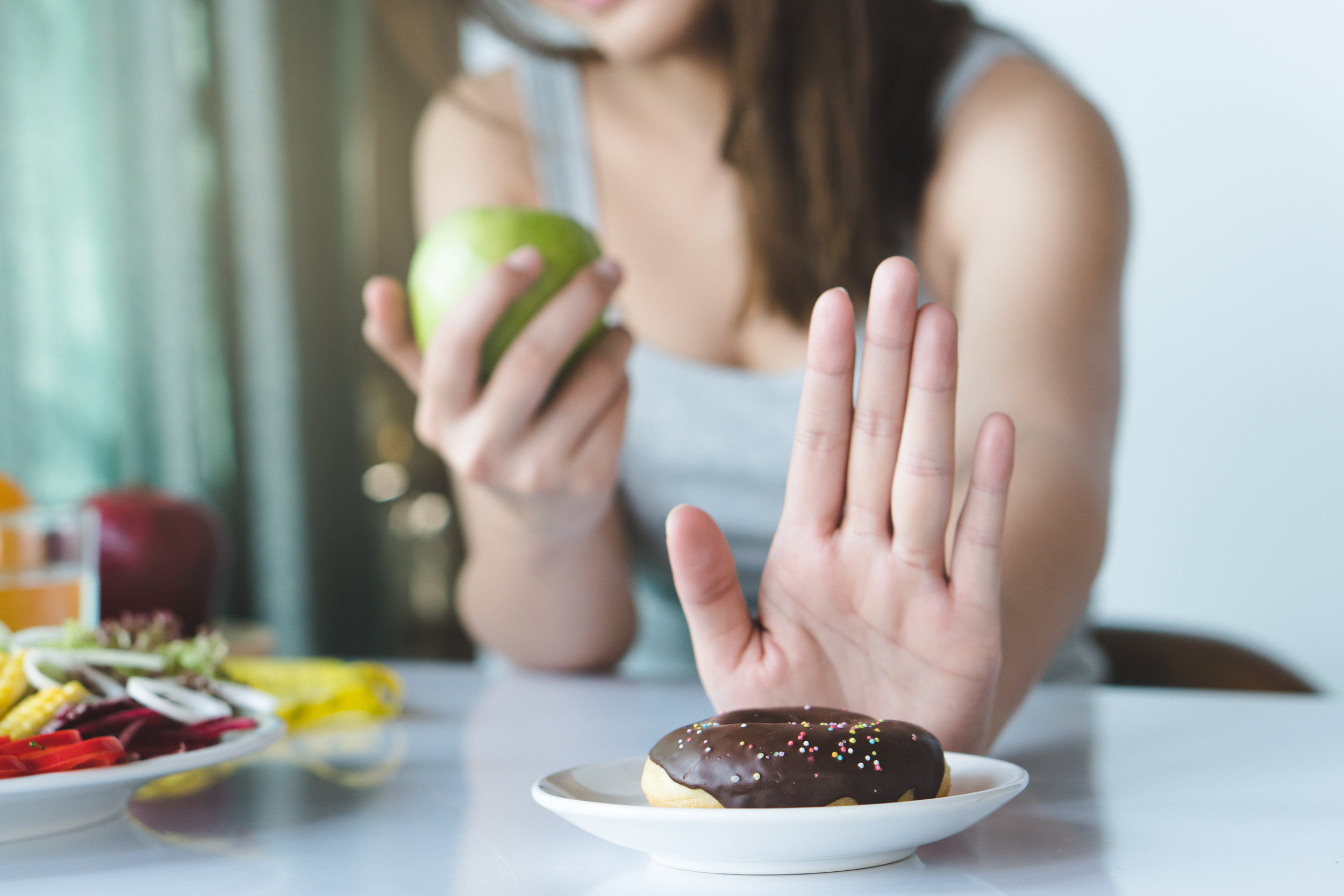



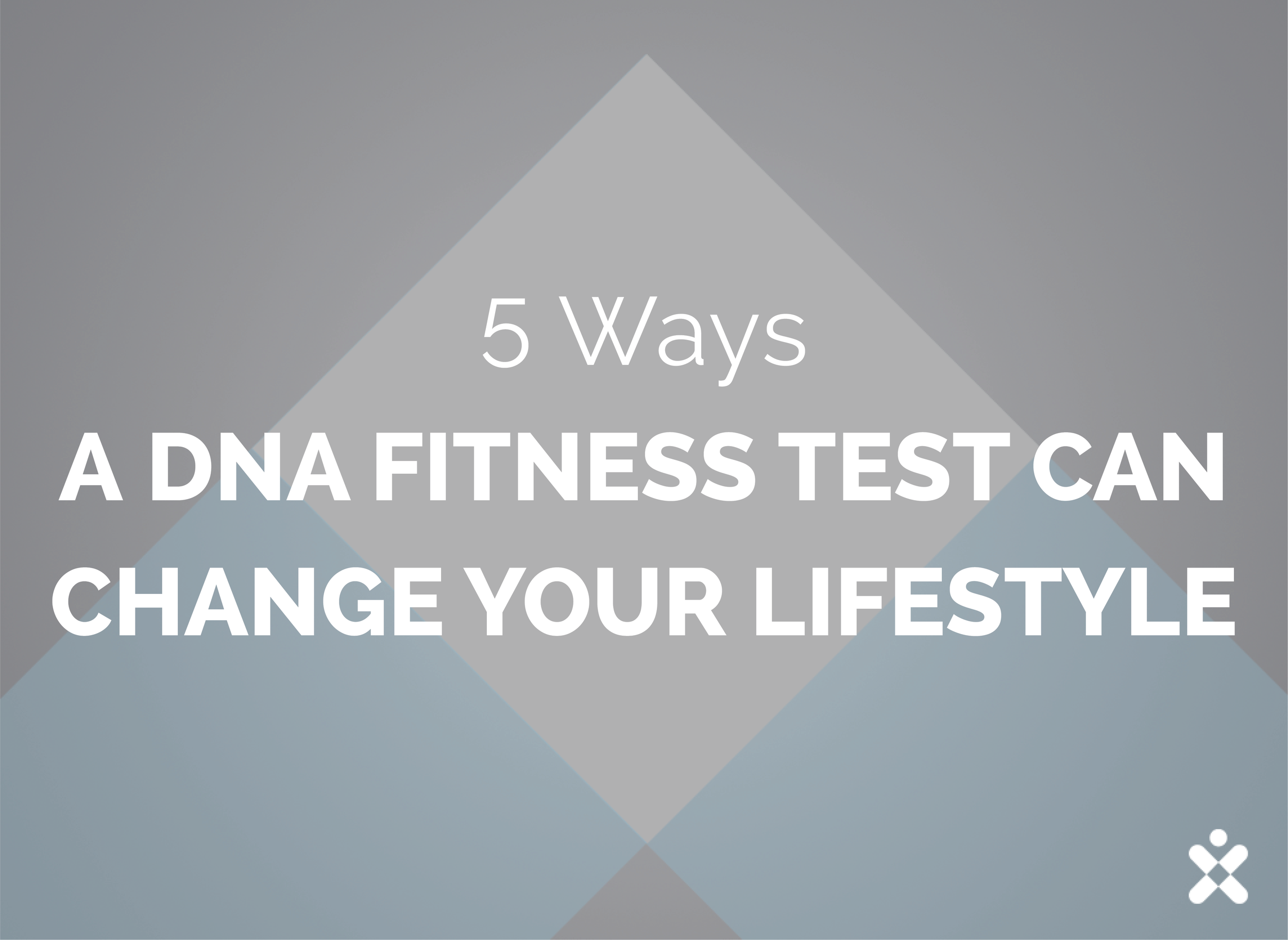


How can hydrostatic body fat testing benefit you? Find out the pros and cons of hydrostatic weighing to decide whether or not this method is right for you.